Get a hands-on trial of our exquisite designs right from the comfort of your space!
We know you’re here because you only want the best and we would love to help you find the perfect diamond for you. We also know that buying diamonds can be a little overwhelming, but that doesn’t mean that you should ever settle or stress! So just sit back with a cup of coffee and let us walk you through everything you need to know before you buy that sparking diamond!
Taj Solitaires Hint:
Invest in the cut. It’s the ultimate diamond hack (you’ll not find it in the books). A beautifully cut diamond can make the color and clarity appear better than they are.Taj Solitaires Hint:
If you’re buying a diamond that’s under a carat, don’t obsess over the spots or blemishes because they aren’t really visible to an untrained eye. It’s better to invest in the cut and sparkle on!Taj Solitaires Hint:
As diamond size increases, colour becomes more noticeable. This is especially important to keep in mind if you are purchasing a diamond of two carats or greater. If you pick a slightly yellow colored diamond, you can pair it with a white gold or platinum band. The white gold will complement the yellow hue of your diamond, and they won’t clash with each other!Taj Solitaires Hint:
Save big bucks by picking a 0.90 carat over a 1 carat diamond. Thank us later :D







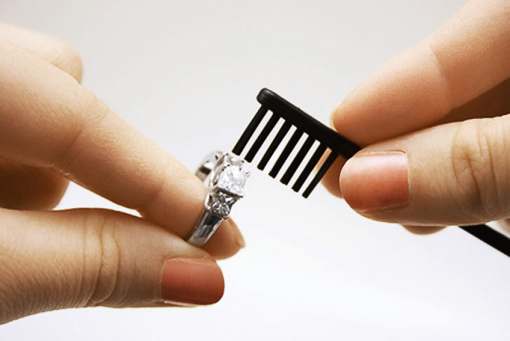
Having the right pieces of jewellery can take your simple look to a gorgeous statement look. Whether you love a traditional or classic style, if you prefer rose gold or gold or perhaps even a combination of the two, never be afraid to try something new. Jewellery always lets you accessorise with confidence and express your style. There are various categories of jewellery made with different types of metals that have unique personalities of their own, and we bet we can find something that best suits yours.
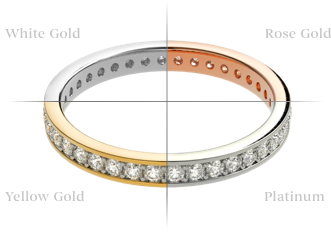
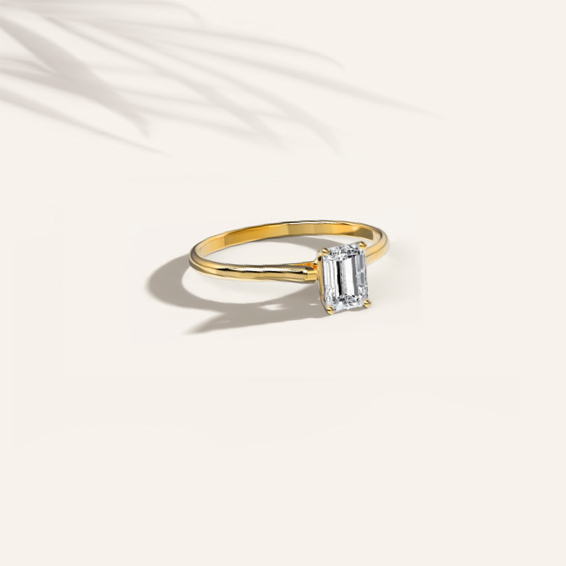
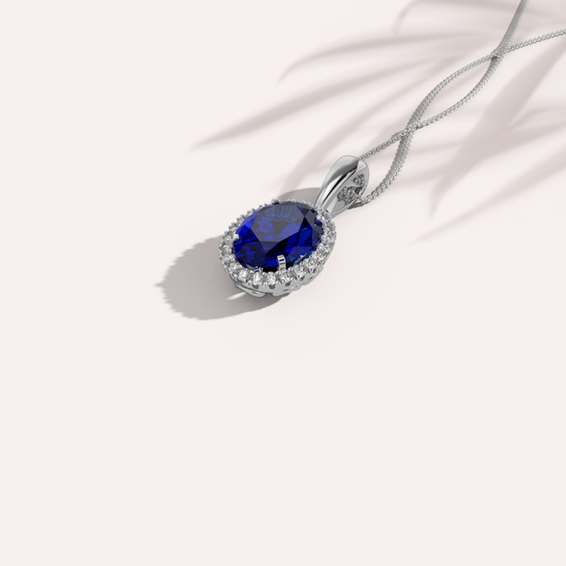
For rings the more, the merrier. Multiple and stacked rings are grouped together and worn on different fingers for a nice style statement.
Taj Solitaires Style Tip:
Let your personality shine through your rings by mixing a variety of colours & designs. The rainbow awaits...minus the unicorns though






From timeless classics to today's latest fashion trends, earrings are the most versatile parts of every woman's jewellery wardrobe. From studs to statement-making drops, take your pick.
Taj Solitaires Style Tip:
Make an impact by mismatching your earrings. It shows individuality and your style.
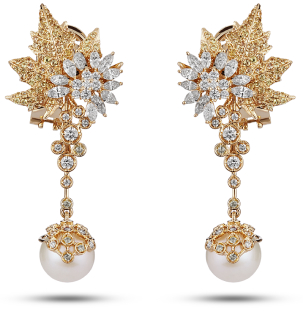
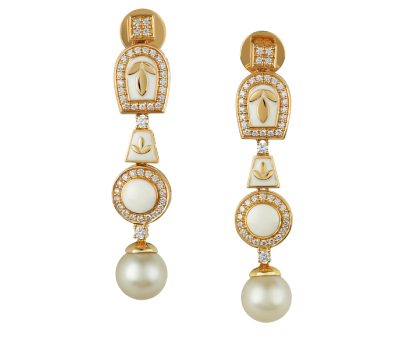


From tennis bracelets to flexible bracelets stacked together on your arm, they are a great way to express your mood and style. They will look great with anything you wear, from a business suit to denim.
Taj Solitaires Style Tip:
Go solo with a statement bracelet or stack them along with your watch.





Here’s your guide to Everything-Gemstones! With more than a rainbow of colors to choose from - you can go with your very own birthstone, or just pick your favourite colour too!
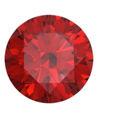
Garnet’s virtues have been long believed to include passion, friendship, success, loyalty and faith.
Bold oranges, royal greens and hues of purples and pinks - are some of the hues of a Garnet. If you’re a January baby, you’re in for a treat! There are so many varieties to pick from, so go ahead uplift your spirit with your favorite Garnet gemstone.
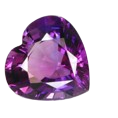
Amethyst is said to be associated with qualities of peace, courage and stability.
The Amethyst gemstone comes in different shades of the spectacular purple colour that ranges from a blend of a deep violet to a lighter lilac hue. This gemstone is as dreamy as the come, so be prepared to be transported to a soothing state of mind.
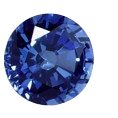
Aquamarine: a timeless symbol of youth, health and hope.
Sea, salt, sun and everything fun! These aqua-blue colored babies are a perfect ode to the ocean. So if you’re a total beach baby or if you just love the mesmerising hues of blue, go ahead and pick one.

Considered as a paramount of gestures, it’s a symbol of eternal and endless love.
They say diamonds are a girl’s best friend. Well, they’re absolutely right. :) A diamond is the perfect gesture that there is, and honestly, who can say no to it? Wearing a diamond is also said to bring benefits such as balance, clarity and abundance. So go ahead, and give it a try.
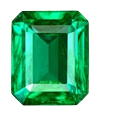
Emerald, known as the gem of Venus, is considered to be a strong symbol of the bonds of love and rebirth.
Royal. Bold. Elegant. For all our Queens out there, there’s no other way to slay the royalty quotient than with a glorious Emerald. The deep hues of green will make you weak in the knees.

Pearl is a symbol of purity and innocence.
Be it a pair of ripped denim, a blazer or a formal gown: Pearl is a one stop solution to give you that charming look you’ve been wanting. They’re sophisticated, classy and will be sure to make heads turn.

Ruby, the King of Gemstones, is said to represent love, courage and passion
The Ruby is said to be the reigning gemstone, and is said to bring an abundance of love. The deeper and more glorious the hue of the gemstone, the more valuable it is. Pick a gorgeous Ruby out, we promise you won’t regret it.
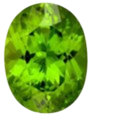
Peridot is a happy stone. It is known to bring happiness, warmth and emotional strength in the lives of the wearers.
This mystical gemstone is said to have healing powers, and is known as the Gem of the Sun. After all, green does have a soothing effect on us. The refreshing hue of a Peridot is something we bet you’ll always, always love.

Sapphires are believed to focus the mind, encourage self-discipline and channel higher powers.
Nothing speaks royal like a true blue sapphire. Go pick out a dark blue hued beauty, if you’re a September born, or you love accessorising like the royalty you are.
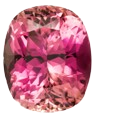
Tourmaline is believed to protect one against evil forces, toxins, pollutants and all negative energy.
The beauty of a Tourmaline gemstone is that it comes in a variety of gorgeous colours. Tourmaline is known to ward off negative energy. So you can totally pick one out, in your favourite colour too!
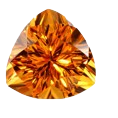
Part of the Quartz family, Citrine is famously known as the Healing Quartz. It helps to support vitality and promote health.
If you’re all for ‘fun in the sun’, the Citrine gemstone is meant for you. Known to be a healing gemstone, citrine is said to be a gift from the Sun. So go and get yourself some sunshine.
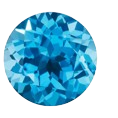
Blue Topaz, being a symbol of love, is said to foster kindness and a sweet nature.
Blue Topaz is known for its amazing aqua blue shade. It also is the perfect gemstone for all things ‘Love’ - as it represents eternal romance. So if you’re a December baby, or you just love all things cheesy, this gemstone is the one for you.

